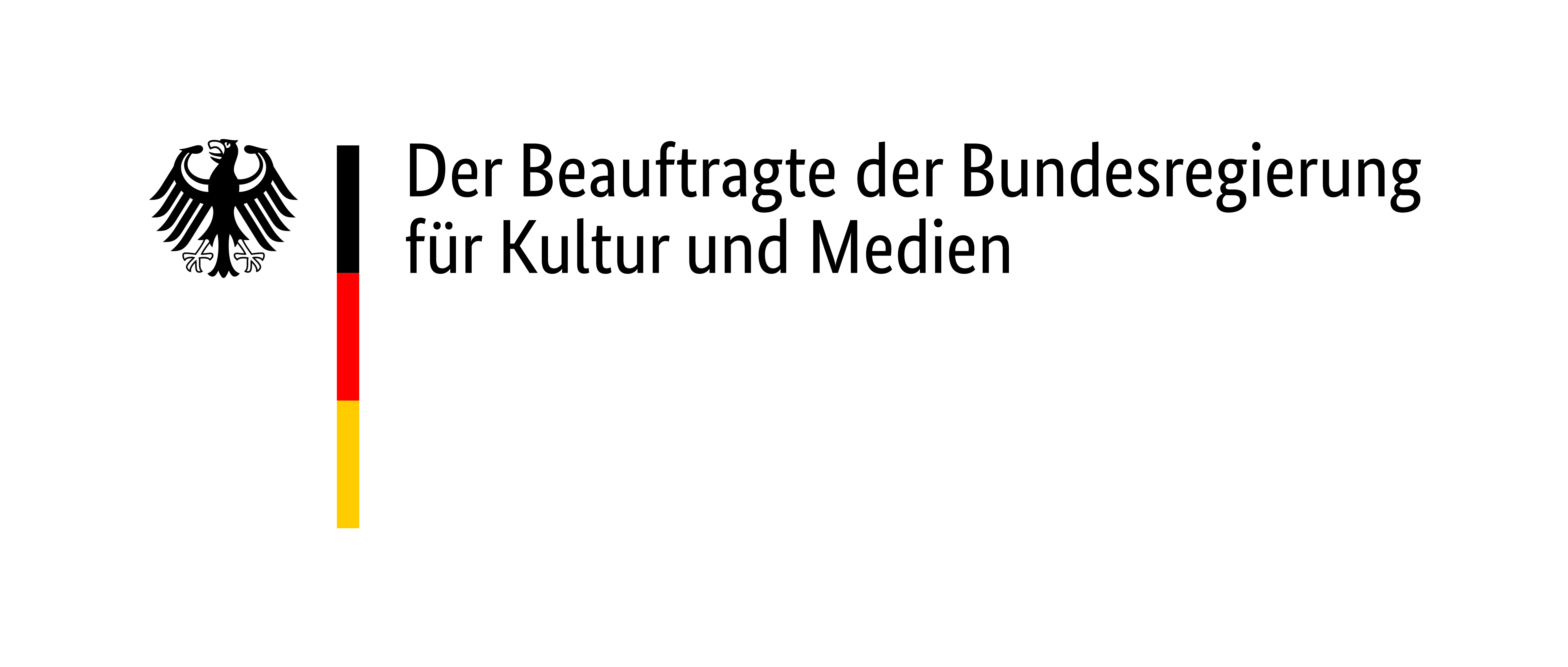
The British journalist George Fyfe describes meeting the liberated children and adolescents:
“But an even more pathetic sight was that of 900 boys under 14 of many nationalities. They came in with fathers who are now dead or missing through transference to unknown destinations. These boys looked, and in many ways acted, like old men. They were yellow-faced or very pale, with a strained expression, emaciated, serious, silent. […] Today a deputation pleaded with the Military Government not to separate the boys according to their nationalities, but to keep them in one group while they fight their way back to normal life. The first act of the American officers after the liberation of the camp was to give these boys all the milk available.”
George Fyfe, 40 Die Each Day in Freed Camp of Buchenwald, Daily Telegraph, 18. April 1945.


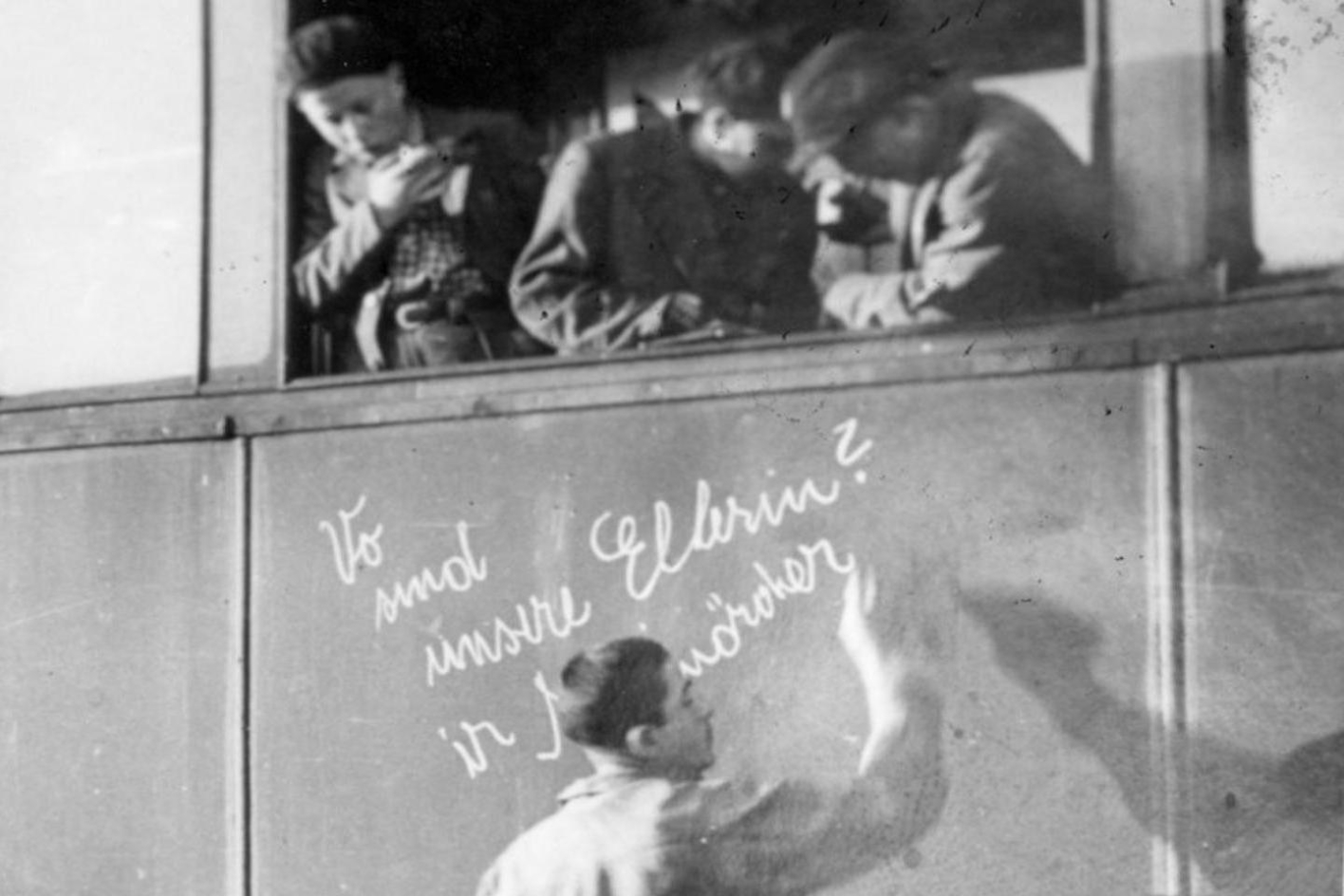
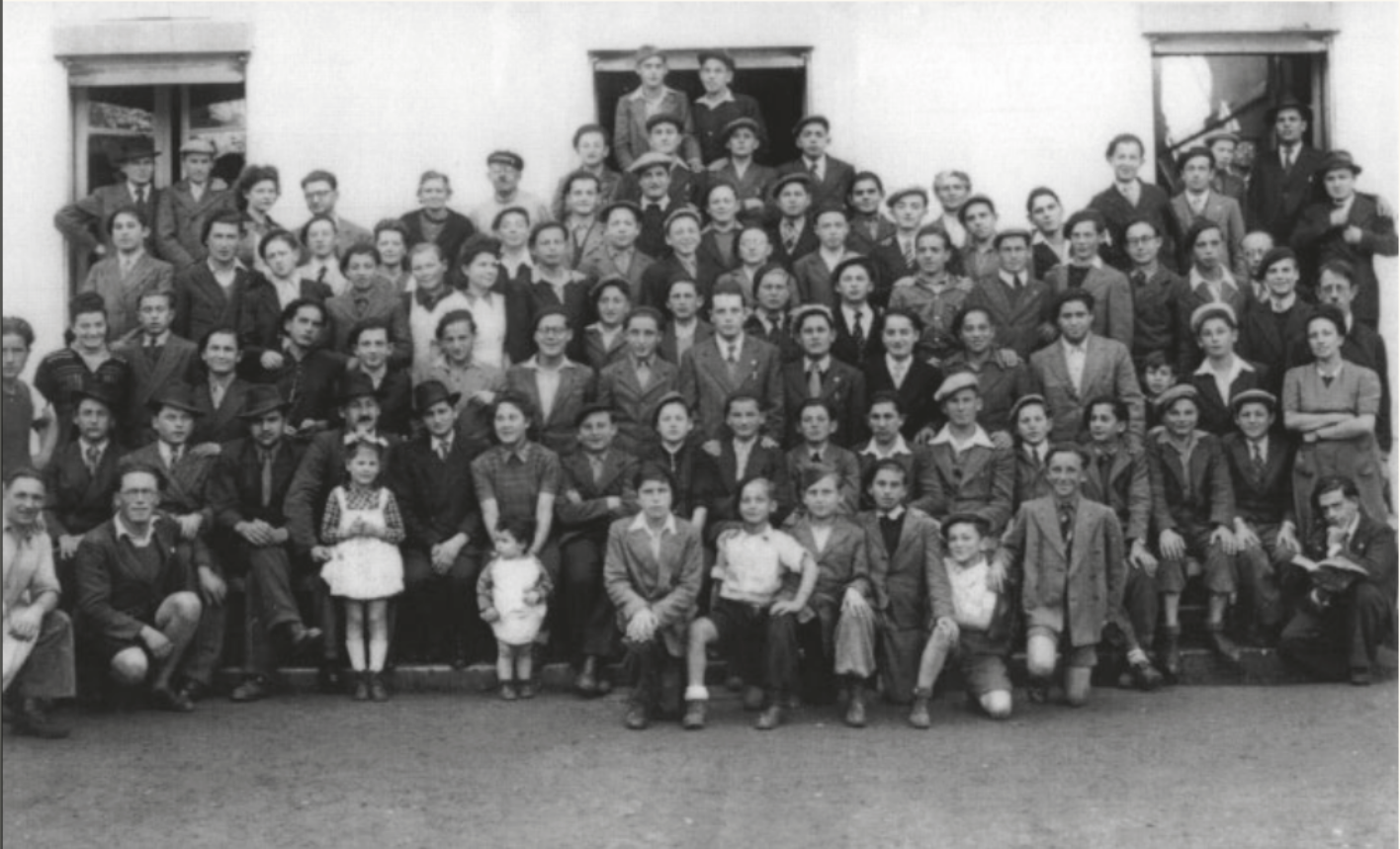
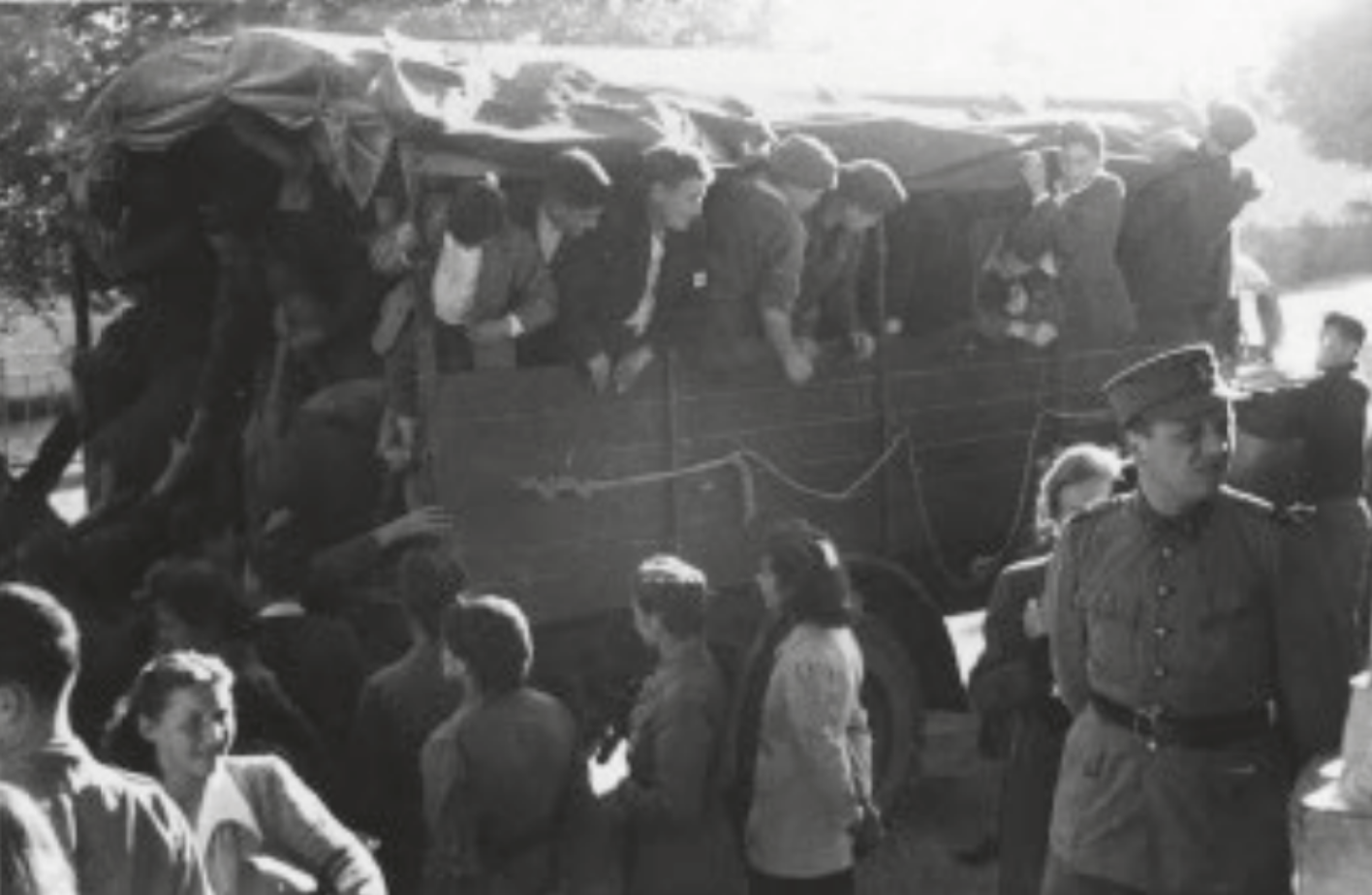
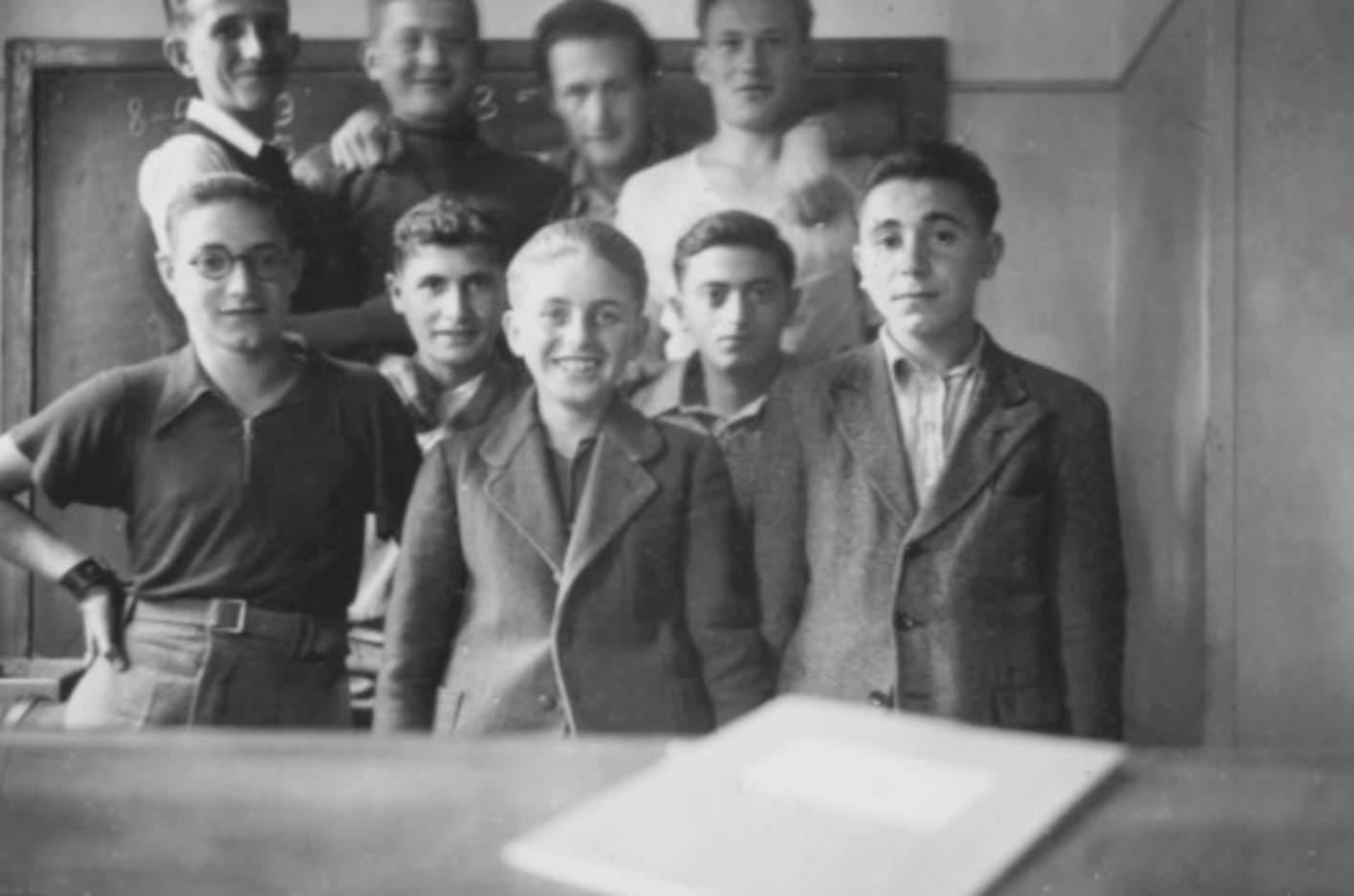
The 21,000 liberated inmates in Buchenwald included more than 900 mostly Jewish children and adolescents, most of whom had survived in Children Blocks 8 and 66 with the help of adult inmates. Nearly all of these children were now orphans, having lost their families as well as their homes. With support from the United Nations Relief and Rehabilitation Administration and the Red Cross, the Jewish children’s aid organisation Œuvre de secours aux enfants (OSE) in Geneva, looked for places that could foster the young people. Most were placed in children’s and convalescent homes in France, Switzerland and Great Britain.
